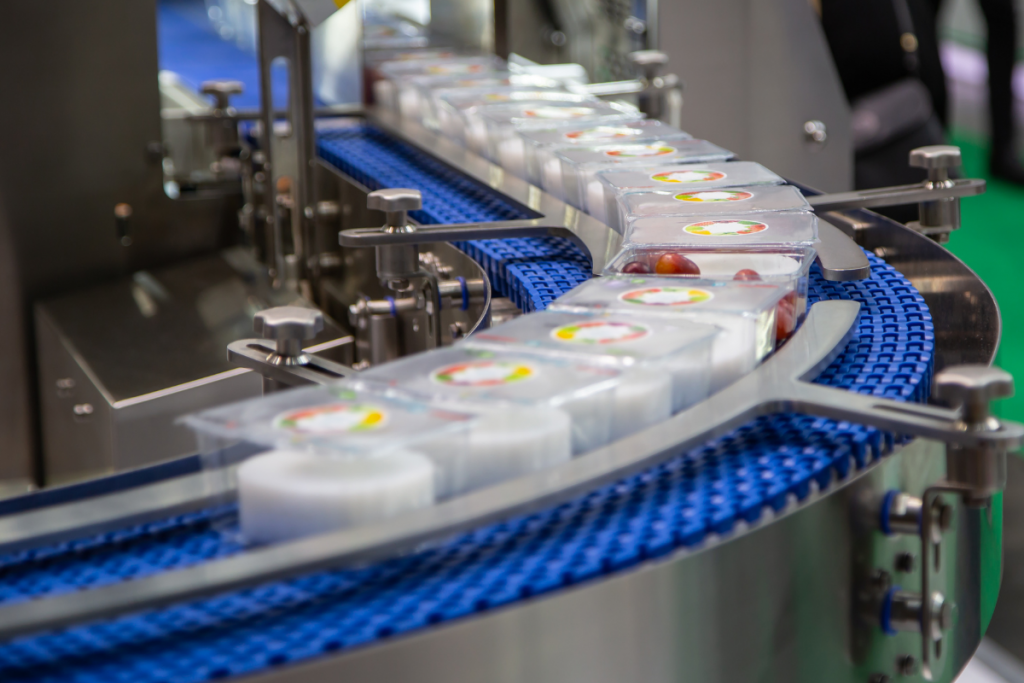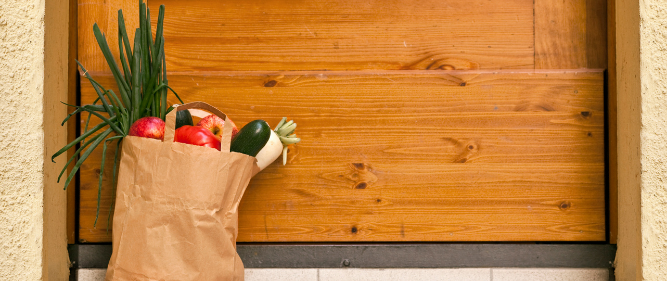Should You Automate Your Packaging Process to Meet Growing Demand?
Food and beverage companies have seen a major increase in demand for their products in the past few years. The COVID-19 shutdowns changed consumer habits: Instead of dining out or ordering takeout, consumers spent more money having their groceries delivered, making their own meals at home and discovering new food and beverage products.
This increase in demand is driving many food manufacturers to consider automating their packaging processes to improve efficiency. However, choosing the right level of automation takes time and research. There is no one-size-fits-all approach, since the level of implementation will impact your initial costs as well as your return on investment.
Continue Reading “Should You Automate Your Packaging Process to Meet Growing Demand?”




